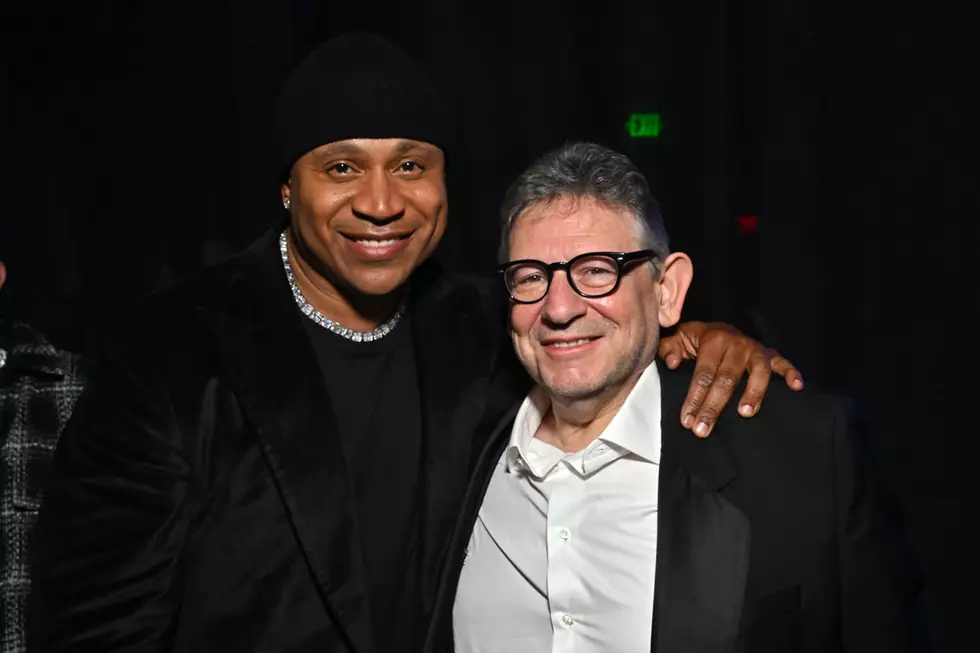
Producers and Engineers Discuss Making Kodak Black’s ‘Painting Pictures’ Album
On Dec. 1, 2016, Kodak Black posted $100,000 bond for criminal sexual conduct charges and walked out of the Florence County Detention Center in South Carolina after spending almost seven months behind bars in both Florida and S.C. He boarded a flight heading home to Pompano Beach, Fla., where he was to be confined to a house he'd just bought roughly 40 minutes away from where he grew up in the Golden Acres Projects. He had been sentenced to five years of probation and a year of house arrest for unrelated charges in Florida, so the next day he called his trusty producer Dubba-AA to come to his old crib. He wanted to start making music again.
Dubba, who was a college student at the time, brought his engineer Nixon to the house and began setting up equipment in Kodak's room—two Yamaha monitors, a Neuman microphone and a MacBook. The first beat he played was a song co-produced by DJ Swift, and Kodak quickly started writing to it. In between taking flicks for a photo shoot, the 19-year-old rapper recorded two verses and a hook in his closet while the engineer sat on his bed. Kodak wanted to drop the track the same night he recorded it, but 20k Visuals, the rapper's photographer and videographer, suggested he do a video to accompany the track. After shooting the video that night and then editing it over the weekend, they released "There He Go" on Dec. 6, 2016. To date, the visual has the second-most views on his YouTube page with over 72 million plays, behind only his "Tunnel Vision" video, which sits at about 94 million as of publication.
Two days before he released that video, Kodak began recording Painting Pictures, his debut album for Atlantic Records, at Pink House Studios in North Miami. The studio—owned by producer/engineer Brett Bailey and partially built by legendary Florida engineer Lu Diaz, who mixed Painting Pictures—is in the basement of an actual pink house that overlooks the water and has a pool in the back, and it became something of a second home to Kodak, according to Ben Billions, who produced six songs on the album and co-produced the A Boogie Wit Da Hoodie collab "Reminiscing."
Billions, who produced "Six Inch" for Beyoncé, co-produced four records on The Weeknd's Starboy album and came up under DJ Khaled for the past decade, is close with Kodak's manager Phatboy (the two spent years together working for Khaled) and first produced for Kodak on "Get Up," a standout from the 2015 mixtape Institution. In 2016, Billions produced a song called "Pick These Hoes Apart" featuring Kodak, French Montana and Jeezy for Khaled's Major Key album, and followed that up by making "Lockjaw" for French and Kodak. That's how he became such an integral part of Kodak's Painting Pictures.
"When [Kodak] was in jail the last time, the only music he could listen to was what was on radio, so ['Lockjaw'] was one of the records he got to hear of himself," says Billions. "So I think when he got out… you know, we’d talked while he was in and I told him I’m here, utilize me as much as you want, I want to be a part of this project. And obviously we didn’t want to reinvent the wheel either. I was already a fan of what he’d done previously, so the goal was to take it on from where he’d left off."
According to Billions, Kodak was also hearing songs like Yo Gotti's "Down in the DM" and The Weeknd's "Acquainted," two songs Billions also has production on, while he was locked up as well. Hearing those songs spurred Kodak on to try and make hits when he got out of jail in December.
"You could almost see he’s understanding the importance of radio as well, which I think is important, but for him as an artist it’s been mostly the street and internet so far," shares Billions. "I think once he was [locked up] and unfortunately, people aren’t gonna hear a lot of the music if it’s not on the radio, so I think it kind of triggered something in his head like, I gotta make some kind of radio records to be able to reach a bigger audience."
Phatboy confirms that when Kodak came home from jail late last year, he was emphatic about wanting to make "hits."
Kodak was on probation and sentenced to house arrest while recording the album, so he had to schedule studio time with his probation officer every time he wanted to record. Though Billions usually gets high in the studio, they wiped the place clean to keep any negative energy away from Kodak and had someone on watch outside the studio in case the P.O. pulled up. The first night he was at Pink House, Kodak recorded four or five songs, including "U Ain't Never" and a couple songs that didn't make the album, like "If I'm Lyin' I'm Flyin.'"
Derek Garcia engineered and recorded most of the album, and both he and Billions attest to the fact that over the three months Kodak made Painting Pictures, he recorded at a furious pace, sometimes knocking out eight or nine records in one session. "He's got like 50-60 records we've done so far in the past three months, so what's crazy is we have like two more albums in the vault," says Garcia, who also co-produced "Reminiscing" with Billions.
Songs like “Pull A Caper,” “Gettin’ Paid,” “Finer Things,” “Me and You,” “She Won," “Like I Ain’t Got Nothin” and “They Don’t Know” were all left on the cutting room floor, along with a Plies collab that Garcia says is one of the most addicting songs they recorded.
When Future pulled up to Pink House to record with Kodak, it was 5:45 a.m. and the studio crew was getting ready to head home. "He stayed here at the Pink until 10:30 in the morning, knocking out four or five records," Garcia says of Future. "I've done so many sessions at Circle House, so I'm built for that type of stamina, but I was more impressed with Kodak, because he didn't expect it, but he was knocking them down, like, 'Let's go. Bring up another one.'"
Future ended up getting on "Conscience" for the album, but according to Garcia, "There's three other [songs Kodak] did with Future that are...oh my God, the minute that hits the streets..."
At 18 tracks, Painting Pictures is on the more scattered side, skewing closer to Institution than Lil Big Pac in form. But like all Kodak projects, it manages to pull different sounds (like the sunny "Patty Cake" and the dark "Corrlinks and JPay") into the same atmosphere, helping to widen Kodak's perceived personality.
What stays consistent throughout all of Kodak's music is the emotion contained within it. Whether it's songs like "Side Nigga" and "Save You" that appeal directly to his female fan base or harder records like "Up in Here" and "Why They Call You Kodak," he never sounds like anything but his honest, dynamic self.
"I’ve engineered for so many people, but no one has ever really made such a clear transparency behind what they’re really going through, the environment they come from and how vividly you can picture it through their lyrics," affirms Garcia.
"That’s what makes him a star," adds Billions. "You believe everything he says, it feels real, it feels organic. And you can make an artist, but you’ve gotta be born with that. His demeanor is what separates him from the pack. He really is what he raps about. It’s as real as you can get. He’s Florida’s new voice, the voice of the next generation. So we need him free."
See Behind-the-Scenes With Kodak Black at 2016 XXL Freshman Class Cover Shoot
More From XXL









